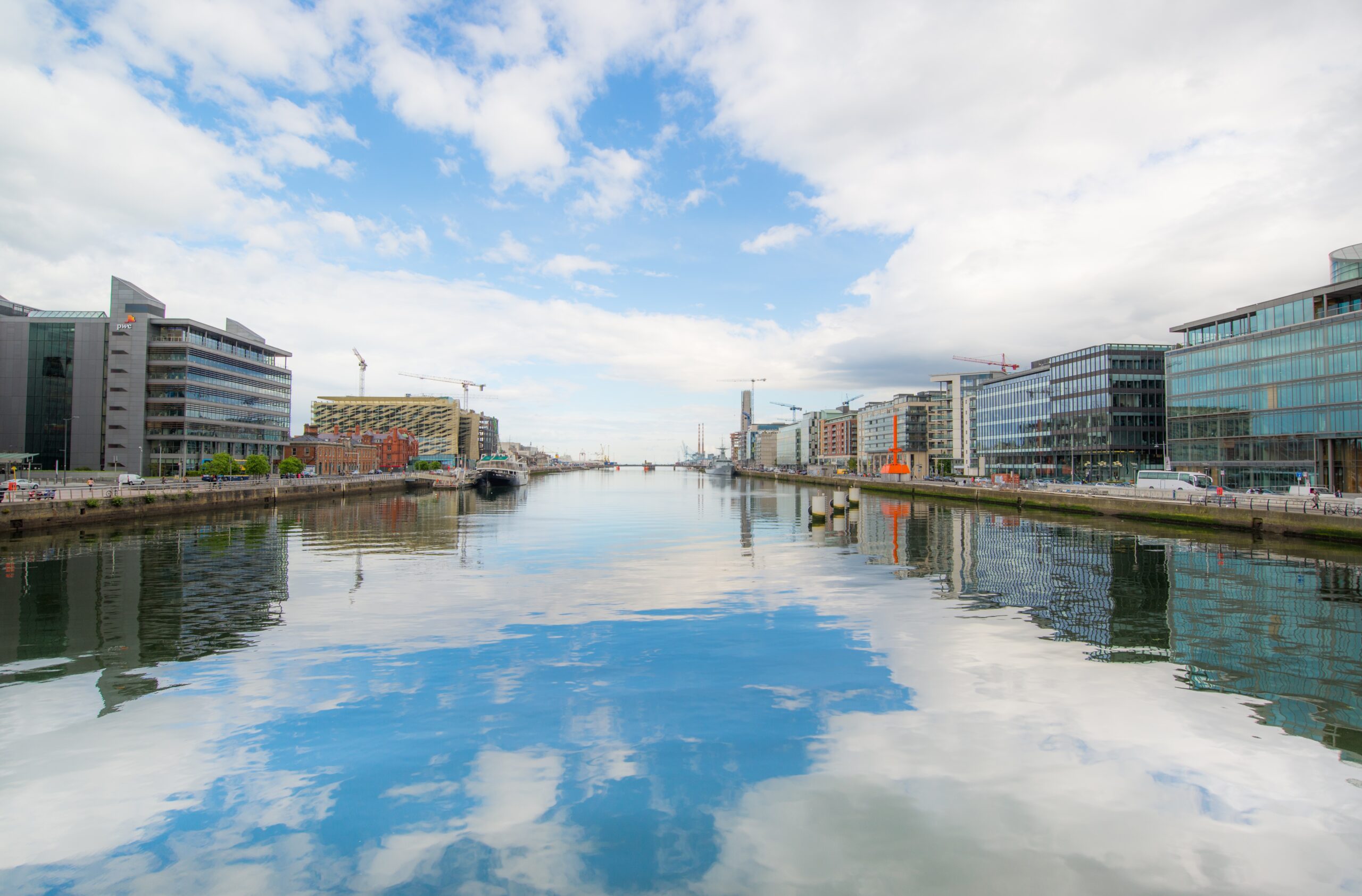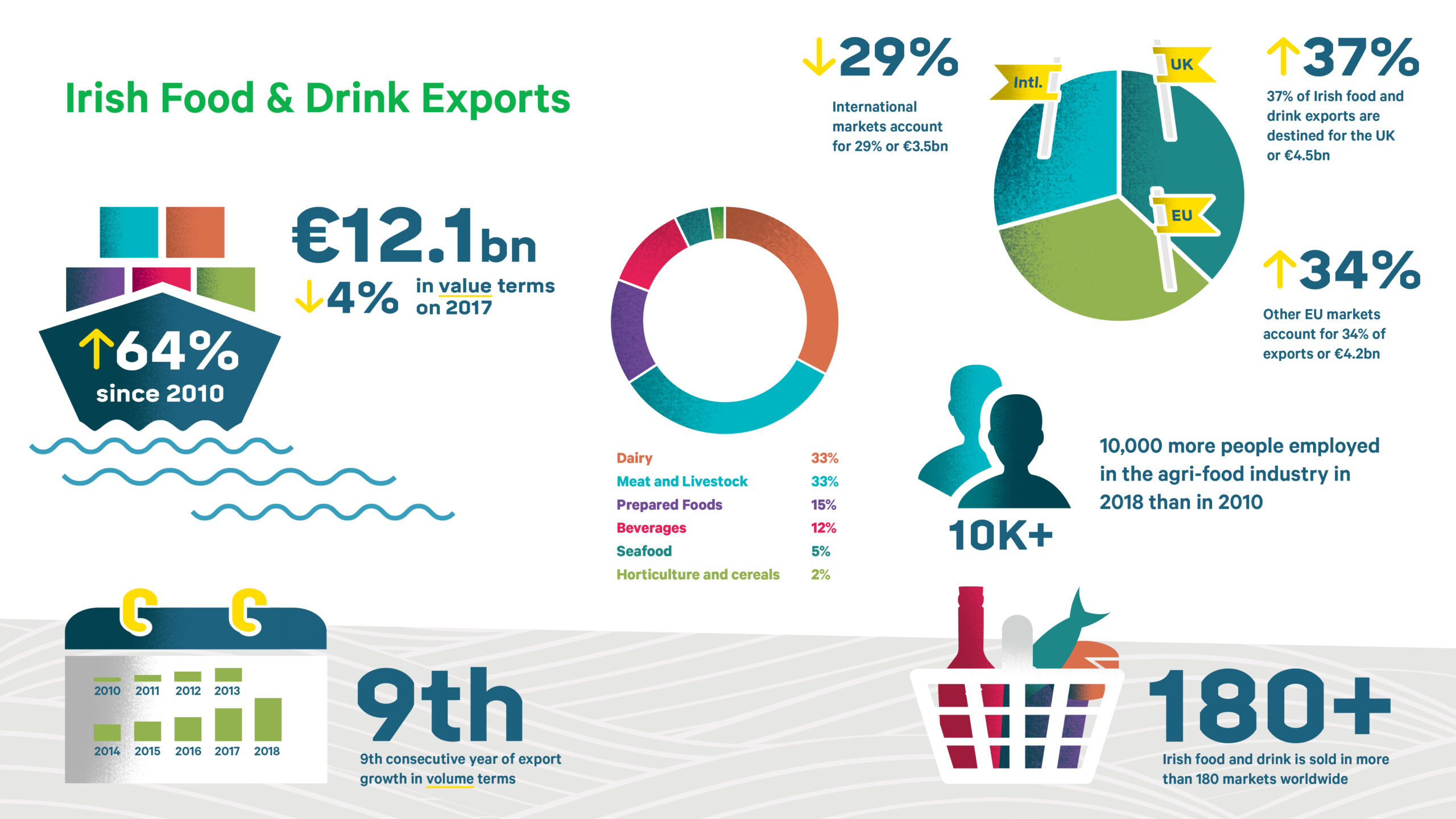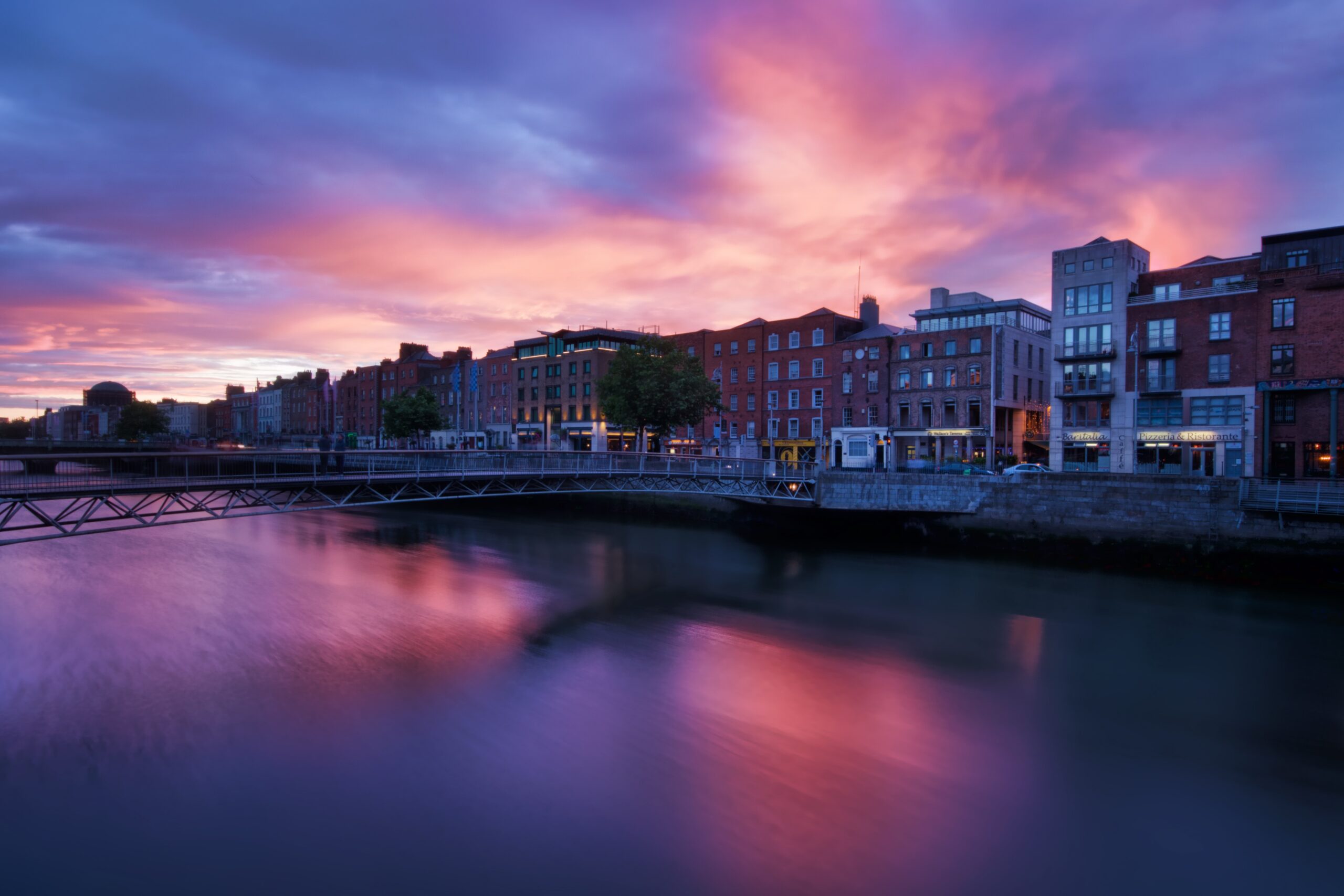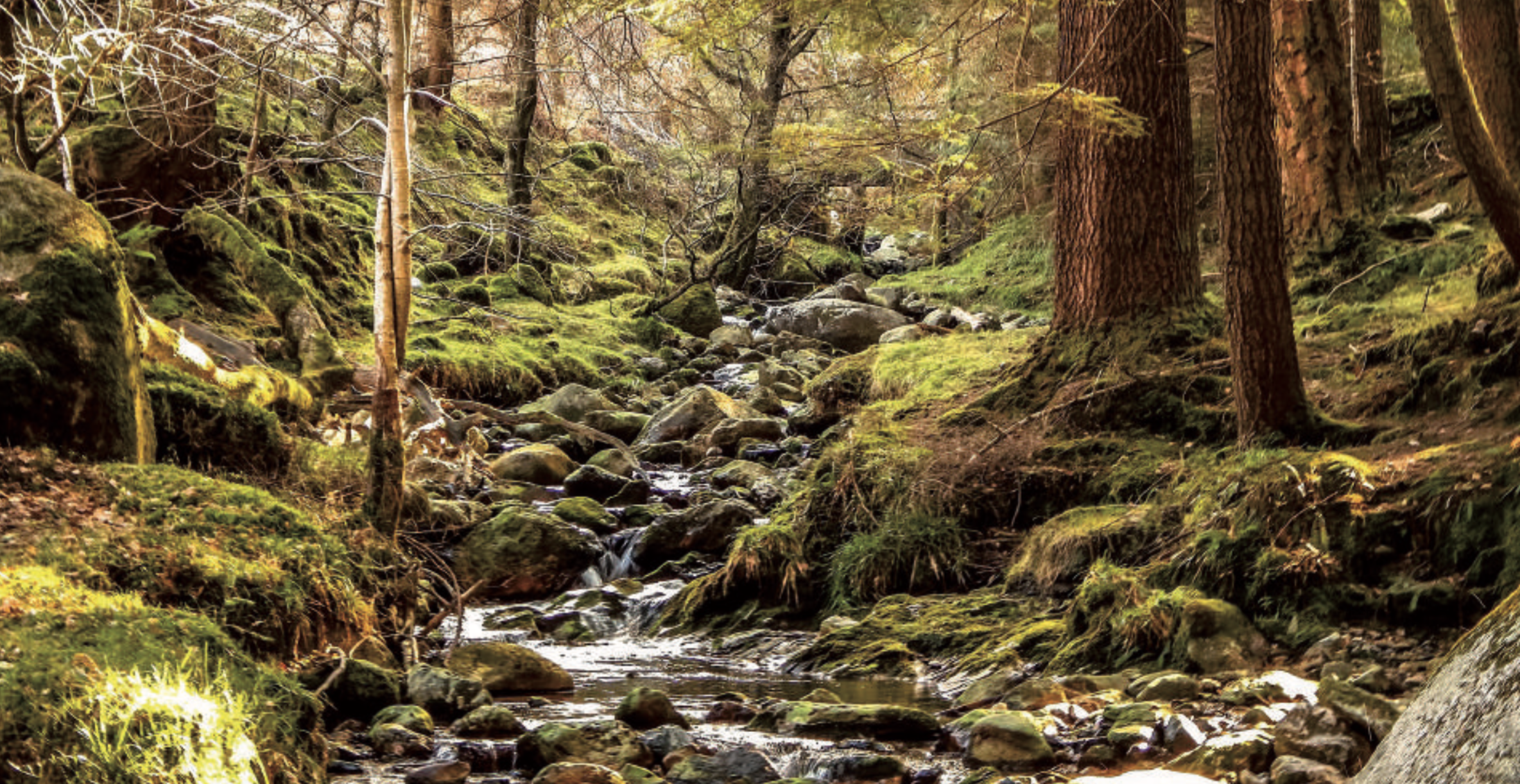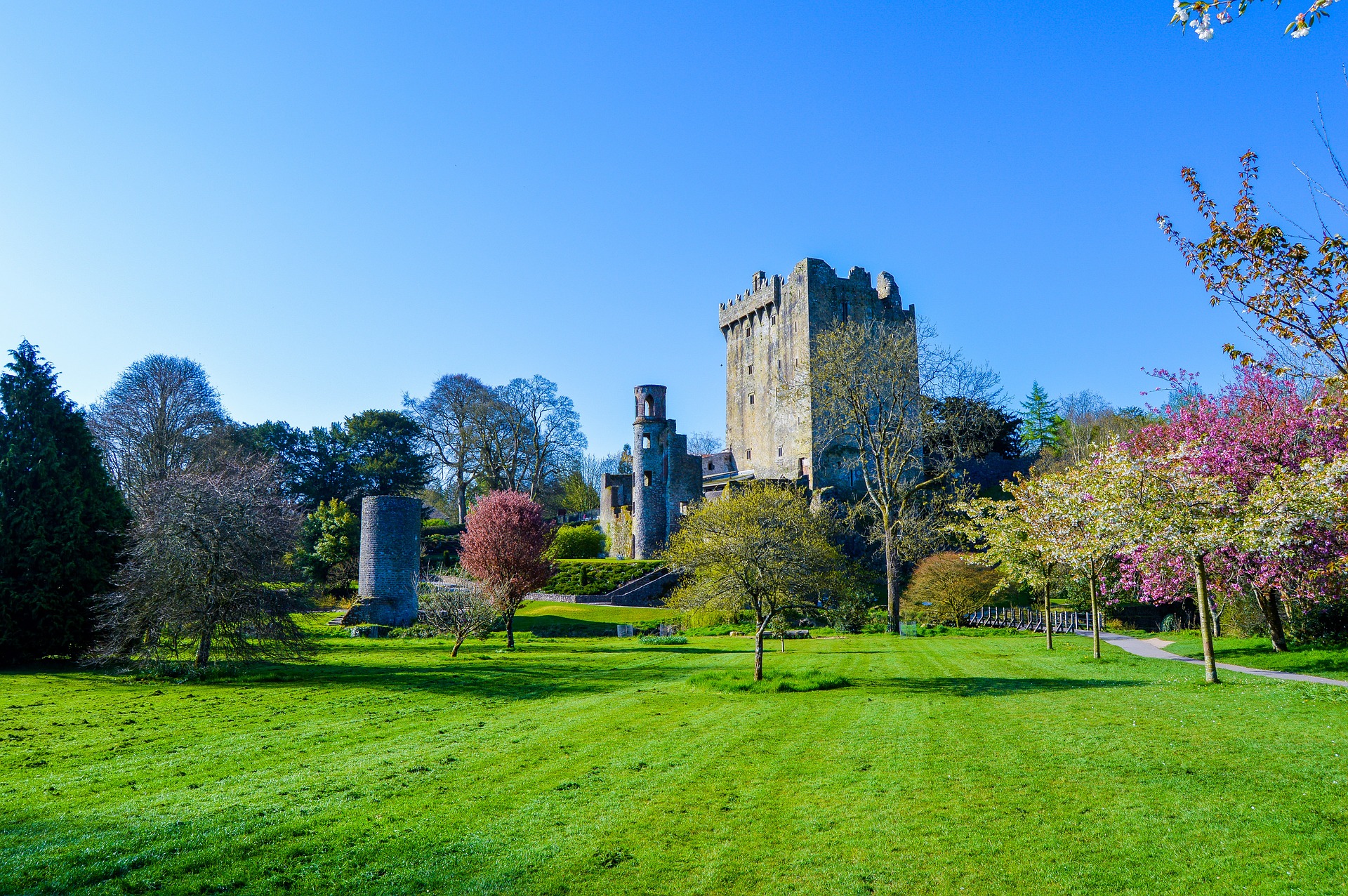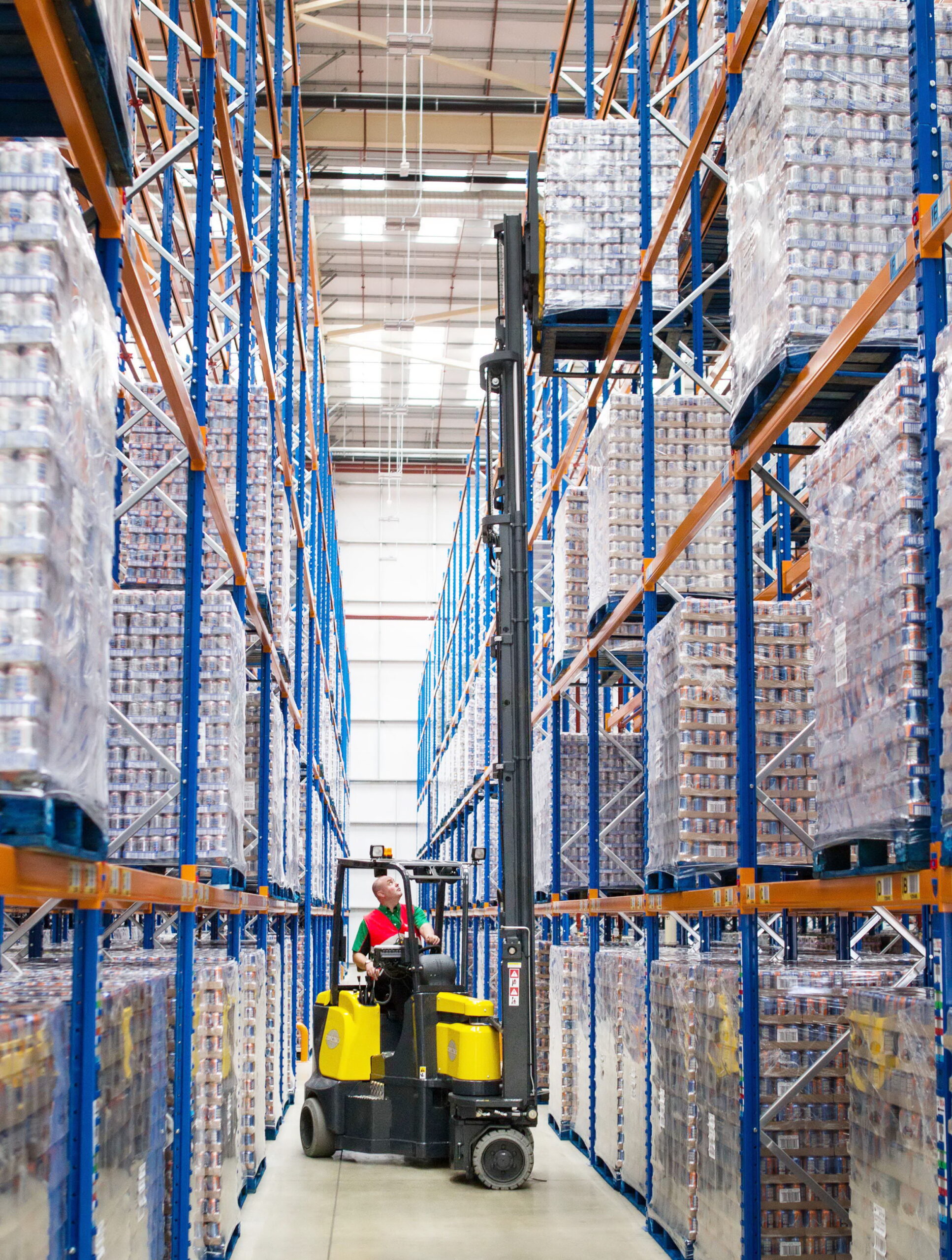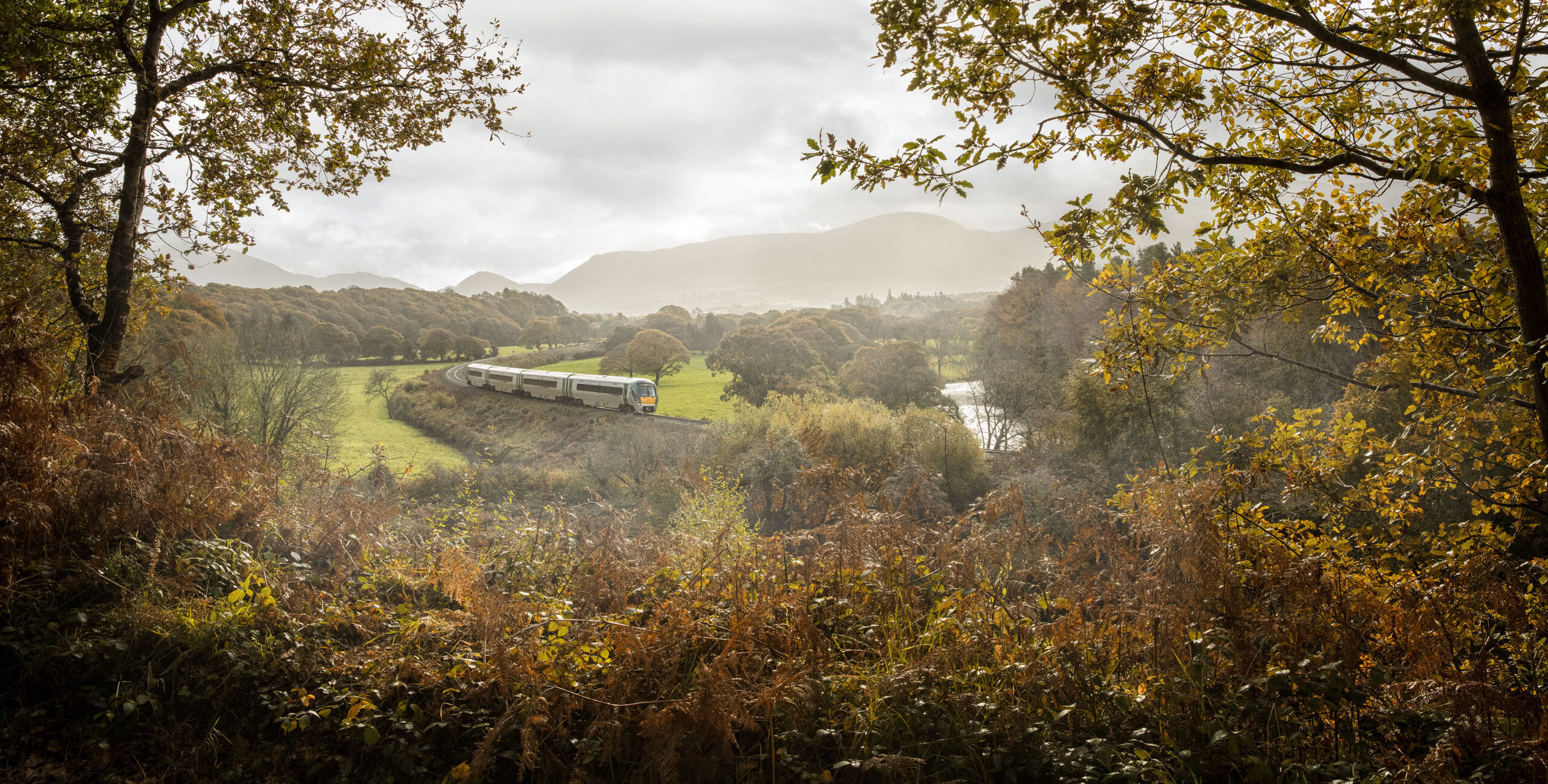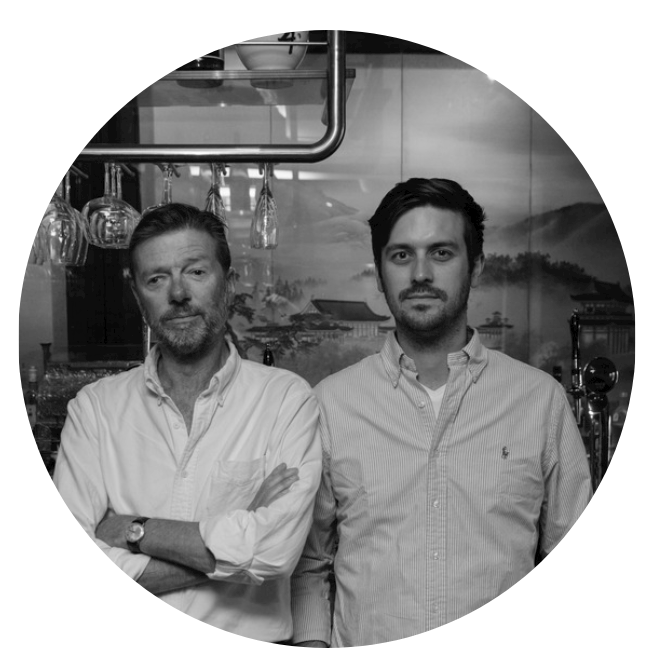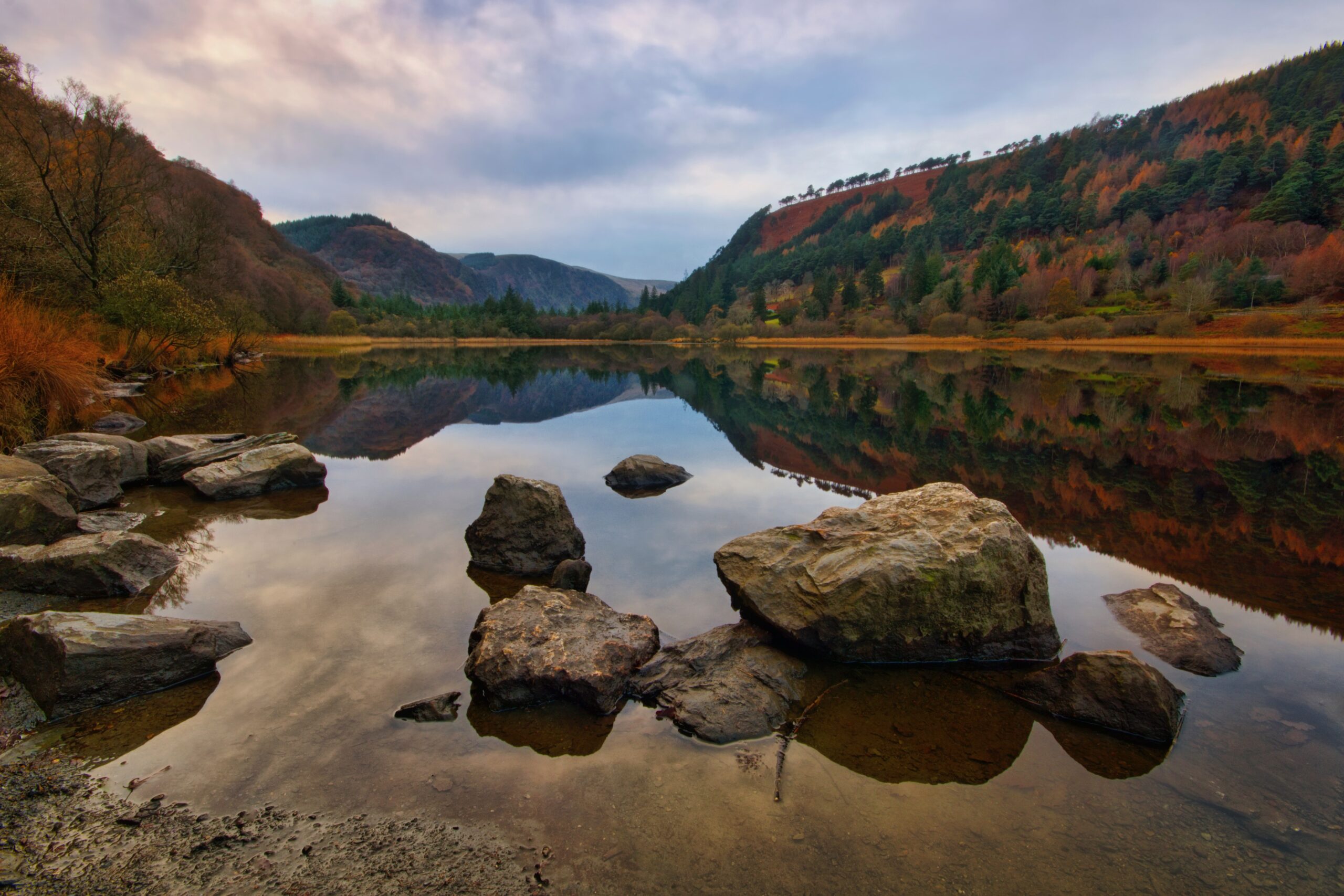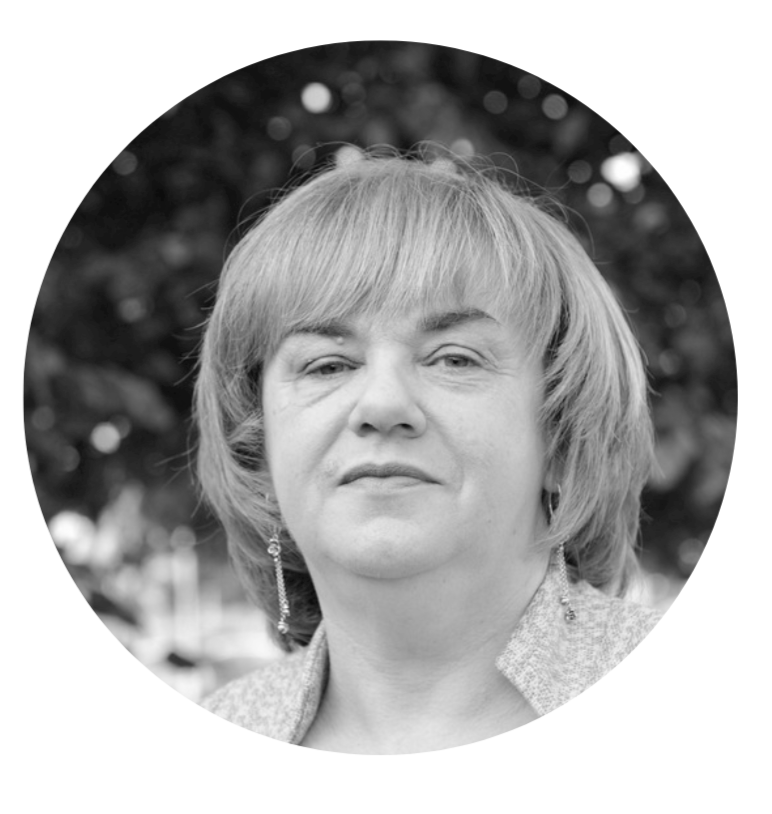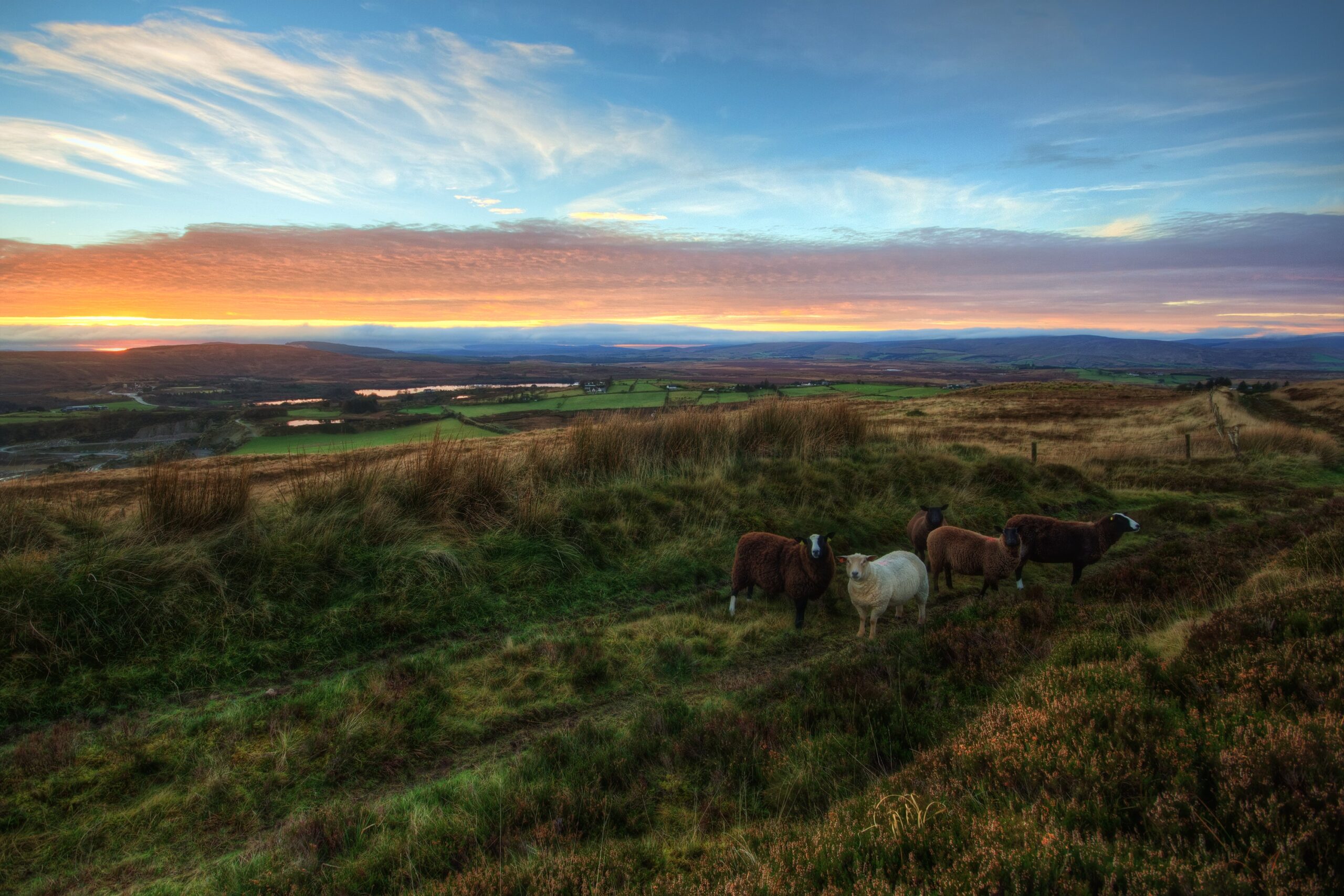Low hangingclouds sweep across a completely still lake. The water reflects a colorful mountain range. With only the sound of a tussle of leaves blowing in the wind, and a breath of fresh country air, you know – this is Ireland.
From the warm welcome on arrival, Irish taxi drivers are well-known for being excellent ambassadors to the country. Happy to help with “must sees” and local tips, international travelers witness first-hand the famous hospitality of the Irish within moments of stepping outside of the airport. The Irish are charming, friendly, and relatively laid back. Get ready to lose yourself in Ireland’s gorgeous landscapes, bustling cities, and treasures abound.

Although the sun might be hiding during the duration of a visitor’s stay, and it is inevitable rain will be in the forecast despite the time of year, Ireland’s weather does at least not have extremes, and the rain contributes to the beautiful green shades abundant across Irish landscapes. July is the hottest month in Dublin and has an average temperature of 60°F. The coldest month is January with an average temperature of 41°F. It is recommended to visit Ireland between March and May, and September to November, in order to enjoy the mild temperatures without the larger summer crowds.
Ireland welcomed 11.2 million overseas visitors in 2018, generating over 6.1 billion euro. The North American markets of the US and Canada deliver 15% of all overseas visitors and 27% of all overseas tourism revenue, as they tend to stay longer and travel across the entire island.
According to Alison Metcalfe, Tourism Ireland’s Head of North America, “Tourism Ireland has prioritized North America as a market,” and in 2019 the entity aims, “to surpass the record-breaking performance of 2018 and to grow revenue from North American visitors by +8% to 1.99 billion euro, generated by 2.17 million visitors.”

With nearly 80% of visitors arriving through the Dublin Airport, Dublin is an obvious first destination. Dublin is rich in culture and history. Embrace cozy pubs, listen to “trad” music, walk around the cobblestone streets, take a kayak down the Grand Canal or River Liffey, and enjoy a pint of Guinness on top of the Guinness Storehouse. Outside of the city, nearby must-sees include the fishing village of Howth, where you can enjoy some of the world’s best seafood and walk the stunning Howth Cliff Walk. Malahide Castle is also in close proximity at less than a 30 minute drive from the city center. While visiting the castle, stroll through Malahide Village, offering a flare for life outside of the capital. South of Dublin, the Wicklow Mountains are home to Glendalough, one of Ireland’s most beautiful destinations. The Valley of Two Lakes in Glendalough has stunning scenery, a rich history and archaeologic significance.
There are concerns Dublin has become too predominant as a destination, and that visitors merely take day trips from the capital, rather than spending nights across Ireland’s beautiful counties. In order to make the most of your journey, and explore the counties of Ireland, it is advisable to rent-a-car and “give it a go” with driving on the left; something most Americans adapt to quickly. However, be forewarned, some of the more rural roads are small, and you will surely question how some of the infrastructure is intended to be a two-way street. While tightly gripping the steering wheel, and ferociously checking your GPS to internally ask yourself “are we almost there?” you will be thrilled with the award when you hit your destination. In fact, often the journey is better than the destination, and while on a road trip you will see some of the most beautiful scenery in the world.
The Wild Atlantic Way: The west coast of Ireland has been dubbed “the best coast,” by many locals and visitors. The Wild Atlantic Way is a tourism trail going across the entire western seaboard and into parts of the north and south coasts. It is the longest defined coastal touring route in the world. The 1,550 mile driving route connects nine counties and offers unforgettable scenery and exceptional experiences. WB Yeats and John Lennon were both inspired by the beauty. Several must sees along the way include the Donegal Headlands, Slieve League Coast, Yeats Country, Connemara, Kylemore Abbey, Cliffs of Moher, The Burren, Dingle, Ring of Kerry, and West Cork.

Seamus Neely, Chief Executive of Donegal County Council, shared some of the hidden gems often missed by expeditious travelers and highlighted, “The rugged and enchanting coastline of Donegal offers an authentic experience full of culture and heritage. The Slieve League Cliffs are among the highest sea cliffs in Europe, and nearly three times higher than the famous Cliffs of Moher. Malin Head is the most northerly point on the island of Ireland and has some of the largest sand dunes in Europe. Fanad Head has one of the world’s most beautiful lighthouses, and Glenveagh is the second largest national park in Ireland. Donegal is a beautiful place with a good offering for visitors.”
Ireland’s Ancient East: Visiting Ireland’s Ancient East, you will step back in time with 5,000 years of intrigue. Must sees include Newgrange, Wicklow Gaol, Birr Castle, Kilkenny Castle, Irish National Heritage Park, Glendalough, Rock of Cashel, Belvedere House, and Blarney Castle.

Ireland’s Hidden Heartlands: Interlaced in the heart of the country is a collection of picturesque towns and villages, with phenomenal hiking, waterways, bars and restaurants. The rural regions composing Ireland’s Hidden Heartlands has a lot to offer adventurers and those travelers seeking a more relaxing vacation. This slow tourism is a wonderful alternative to the fast paced, city tours, and will leave you feeling rejuvenated.
Between Ireland’s hidden gems, historic sites, grassy dunes, beautiful mountains, steep cliffs, scenic trails, and rolling waves, an unforgettable adventure awaits.


